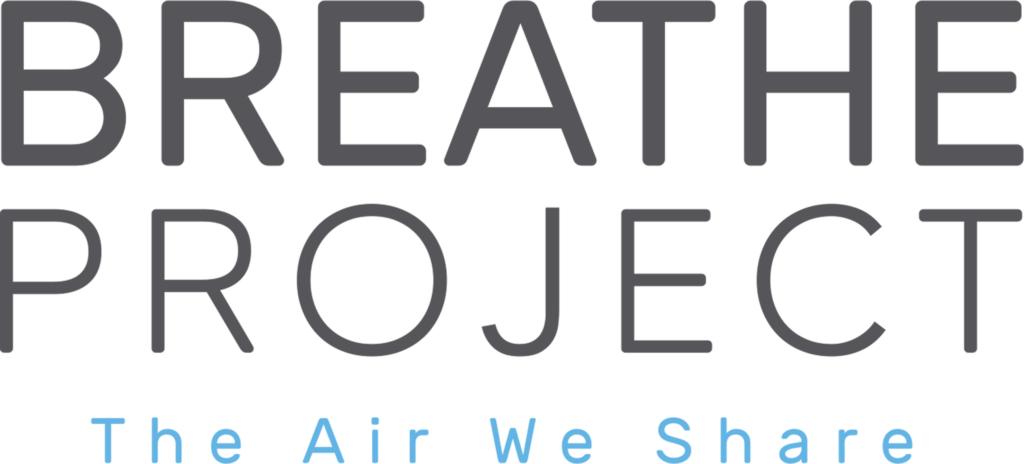By Dr. Ned Ketyer
If the volume of my social media traffic is any indication, then a news story published in the Pittsburgh Post-Gazette last week spooked a lot of pediatricians and parents. Last Thursday, reporters David Templeton and Don Hopey revealed an unusually high incidence of a certain type of childhood bone cancer in two counties in southwestern Pennsylvania, Washington and Westmoreland:
In fact, six cases of Ewing sarcoma have been diagnosed within the [Canon-McMillan] school district since 2008, including two cases in the past nine months.
And only now is it being disclosed that twice that number of Ewing cases have occurred in southeastern Westmoreland County since 2011.
Ewing sarcoma is literally one of those “one-in-a-million” type of diseases. Only about 200 cases are reported in the United States every year, with about half occurring in older children, teenagers, and young adults. So far, no one has been able to ascertain a specific cause for Ewing sarcoma, however, it may be possible to find some links and associations with it. For example, it is much less likely to occur in African-American and Asian-American populations, indicating that there may be a genetic component related to risk. And, because Ewing sarcoma can develop as a second cancer in some individuals previously treated with radiation therapy, according to information from St. Jude Children’s Research Hospital, radiation exposure may also be a risk factor. Trying to pinpoint other risk factors that may result in the genesis of human cancers — nutrition and lifestyle factors, hormonal disruption, immune system dysfunction, metabolic influences, infectious agents, stress, exposures to toxics (pollution) in the environment, and some factors yet to be identified by cancer researchers — is all the more difficult with Ewing sarcoma because of its rarity.
Most tumors develop in the bones of the pelvis, spine, clavicle, ribs, and sternum, though the legs and arms can also be the primary site. Initially, the symptoms of Ewing sarcoma can seem rather unremarkable. Other than mild swelling and soreness where the tumor begins, constitutional symptoms (fever, low appetite, fatigue) are typically lacking. Unless a physician has a high index of suspicion that the patient in front of them has cancer, then the history regarding the chief complaint and the physical exam are not likely to aid in a timely diagnosis. Bloodwork ordered by the doctor is equally unhelpful in uncovering the cause of the symptoms in many cases, and even plain X-rays may show no abnormalities early in the course of the disease.
Ewing sarcoma is a nightmare scenario for every medical student studying it, for every practicing physician considering it, and for every patient and family battling to survive it. Once it reaches the point of detection and diagnosis, the cancer has usually spread to other sites in the body, making an already difficult situation much worse. Once Ewing sarcoma has metastasized beyond the primary site, the prognosis for survival, despite aggressive interventions with chemotherapy, radiation therapy, and surgery, is quite poor.
So why are there suddenly so many cases of this dreadful childhood cancer showing up in southwestern Pennsylvania? The fact that this is a cancer involving the metabolically-hyperactive growing bones of children suggests a possible environmental trigger, and there is no shortage of those in these parts of the state. There is a long history of industrial and agricultural pollution all over the landscape of southwestern Pennsylvania, and enough coal, oil and natural gas extraction operations established before and proliferating in the last decade and a half to keep any reporter very busy investigating the story. Templeton and Hopey say both counties also have a relationship with radioactive contamination of water and soil:
The Westmoreland project presented the state with a long list of possible pollution sources, including countywide shale gas drilling and fracking operations and a Penn Township landfill that has accepted thousands of tons of radioactive drill cuttings from gas well sites.
Washington County’s experience with legacy and modern sources of pollution, particularly in regard to radioactivity, is a bit dissimilar:
Washington County has historic radiation issues related to a uranium mill tailings disposal site in North Strabane, near Canonsburg, where the U.S. Department of Energy continues to report background or below background levels of radiation.
Another concern is the widespread drilling and fracking of more than 1,000 shale gas wells, which produce waste water with radioactive components, among other pollutants. The first experimental well in southwestern Pennsylvania was fracked in 2005 in Cecil Township. The township now sits downwind from a phalanx of compressor stations and a hilltop cryogenics plant, a major source of pollution.
In addition to the six children diagnosed in the last decade with Ewing sarcoma, the reporters say there are currently nine other children living in the Canon-McMillan School District battling other forms of cancer.
Before pointing fingers and laying blame at the feet of the usual suspects, it’s important to remind ourselves that affixing causation on health conditions like cancer can be extremely difficult. What pediatricians are really interested in is correlation (what increases the risk of developing cancer in children) rather than causation, which is almost impossible to prove anyway since one cannot ethically conduct a prospective, randomized study on exposure and outcomes. For example, we don’t tell people that they will develop cancer if they smoke — many do not. Instead, we say that smoking increases your RISK (substantially!) of developing cancer. Even if one suspects it, no one can say with any certainty at this point in time that exposure to fracking emissions or to radiation are the cause(s) of this type of cancer. What we can say is that there is a growing body of evidence telling us that emissions from shale gas operations and radiation (which occurs naturally in shale gas formations, but may also be the product of other industrial activities from decades ago) may increase the risk of children developing cancer. (In fact, we already know that exposure to benzene, a volatile organic compound naturally present in oil and natural gas, produced when burning fossil fuels, and manufactured for use in the chemical industry, does increase the risk of leukemia in children.) As advocates for children’s health, pediatricians are in the business of translating the data regarding those risks and helping parents and their children reduce them.
Clearly, more study is needed. In a letter to the editor co-written with Sarah Rankin (public health nurse with SWPA Environmental Health Project) and published March 10 in the Pittsburgh Post-Gazette, we called on the public health professionals at the Pennsylvania Department of Health to give the grieving communities in these two counties a helping hand:
It’s difficult to pinpoint the precise cause of such cancers, especially in a region with a long history of environmental pollution spawned by industry. We suspect that shale gas development may be a contributor. We and our research colleagues have found a striking correlation between shale gas development and a host of health problems, including asthma, skin rashes, stress, heart disease and birth defects, to name a few.
Regardless of the cause of these cancers, more research and study are surely warranted to protect the children and families living here. We implore the Pennsylvania Department of Health to investigate these reports of childhood cancer. If they are true, the state must take decisive and immediate action to lower the risk.
“I’m ready to move,” announced a friend who resides in that same school district in Washington County.
“Really?” I wondered, well aware of this country’s penchant for making big messes and not cleaning up after itself. “Where
This essay originally appeared on The PediaBlog on April 1, 2019.
Dr. Ned Ketyer is a member of the American Academy of Pediatrics Council on Environmental Health, a medical collaborator with SWPA Environmental Health Project, and a board member of Physicians for Social Responsibility — Pennsylvania.

